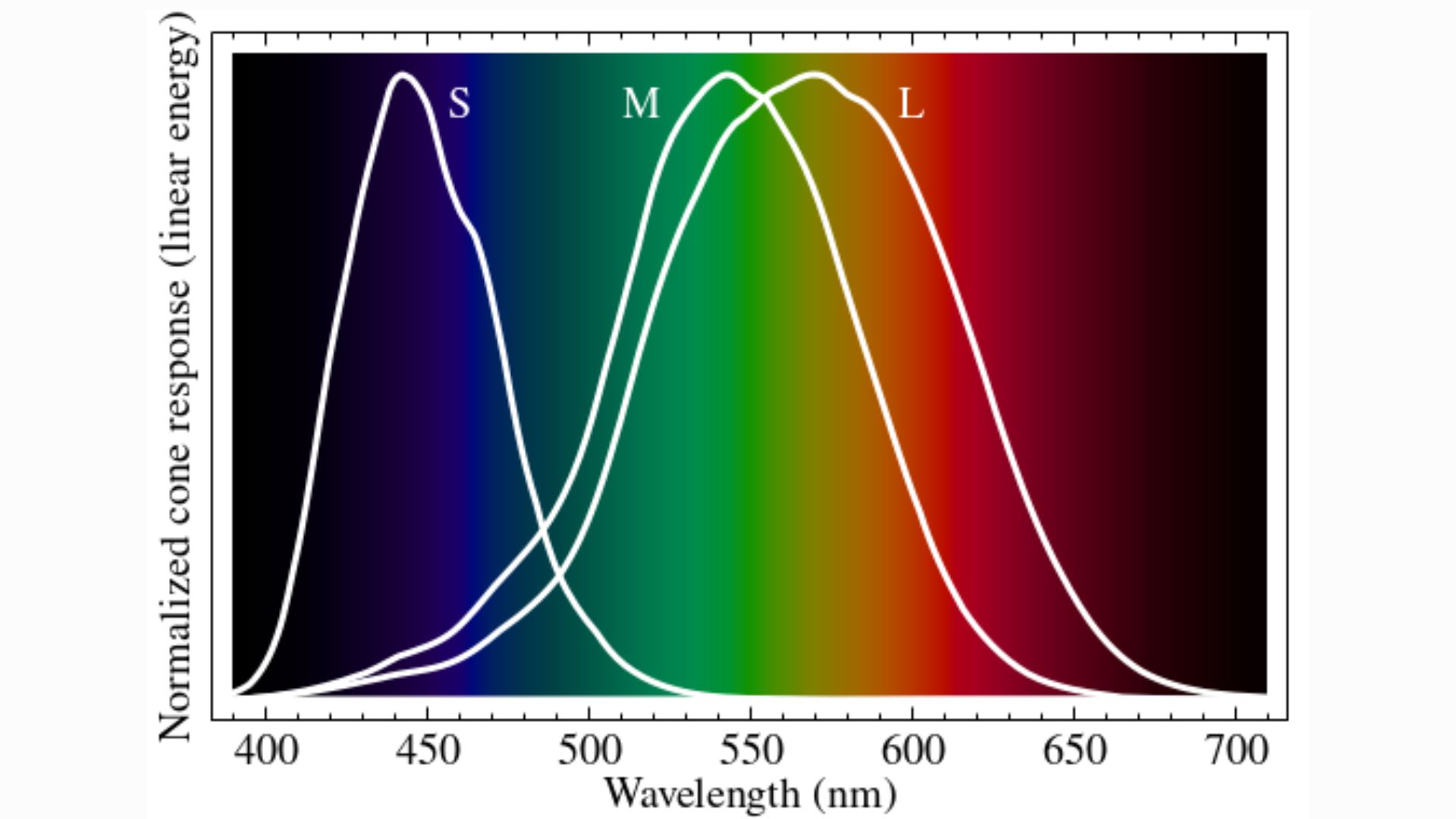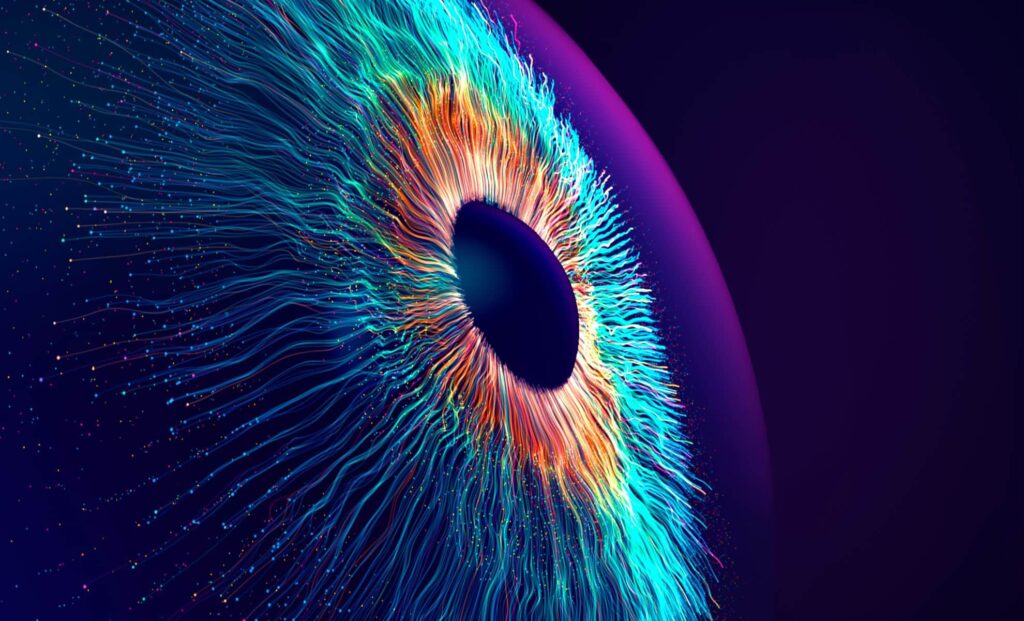Imagine a world where there’s a color no one has ever seen before—until now. Scientists have recently discovered a brand-new color called “olo“, a unique blue-green hue so intense it can’t be seen by the human eye under normal circumstances.
The Creation of Olo
Researchers at the University of California, Berkeley, have developed a new method to push the limits of human vision. They used a laser-based technique to stimulate the retina in a way that has never been done before.
By targeting only the M cones, the part of the eye sensitive to green wavelengths, they were able to produce a color that doesn’t exist in the natural world. The result was a blue-green color of such intensity that it left participants stunned.
One of the study authors, James Fong, a doctoral student at Berkeley, described the experience, saying, “We had predicted from the start that it would be a color signal unlike anything we’ve ever seen, but we had no idea what the brain would make of it. It was breathtaking. It’s incredibly saturated.”

How the “Oz” System Works
The color Olo was made possible through a process called Oz, a technique that directly targets the retina using laser microdoses to activate only the M cones. In normal vision, activating M cones also triggers L (red) and S (blue) cones.
But with Oz, the M cones were the only ones stimulated, creating a color that was not possible in natural vision. This process requires precise control, with each participant’s retina being carefully mapped before the experiment.
To achieve this, the researchers used adaptive optics optical coherence tomography (AO-OCT) to map each person’s retina. This technology allowed them to shine light on the cones and measure their shape, which varies based on the wavelengths they are sensitive to.
Once they had a detailed map of the retina, they could then target specific cones to reveal the new color.


The Potential Impact of Olo
The discovery of Olo is more than just a scientific curiosity. It could be a game-changer for vision research. The technique used to create Olo could help scientists better understand color blindness and other vision impairments. It might also provide new insights into how different eye diseases affect the retina.
Additionally, the Oz system could potentially be used to simulate tetrachromacy, a rare condition where individuals can see four primary colors instead of the usual three.
This could open up new possibilities for research into human vision and even help those who suffer from color blindness by providing an alternative way to experience color.
The Limitations of Olo
Despite its potential, the Olo color is not something that can be seen casually. The technology behind the Oz system requires participants to focus on a single point, as it needs a precise map of the retina to work.
This makes it impossible to use in everyday life at the moment, and the system currently only works with peripheral vision. The researchers also pointed out that it would be difficult to use this technology to stimulate the center of the retina, known as the fovea, which is responsible for sharp vision.
While the Oz system holds promise for scientific research, it’s not likely that we’ll see it in common consumer devices anytime soon. The technology relies on specialized lasers and equipment that aren’t suitable for things like smartphones or television screens.

